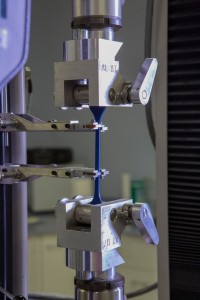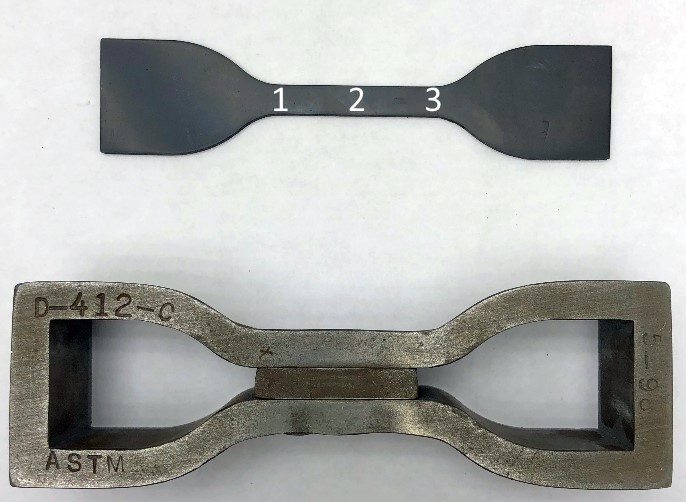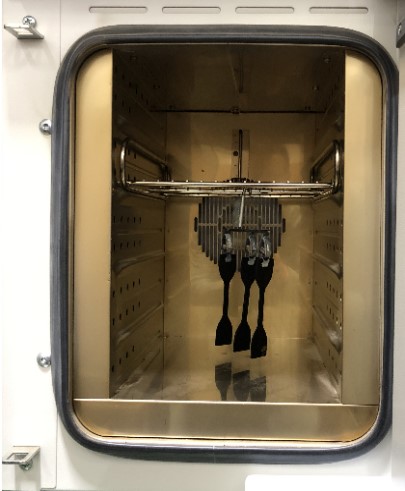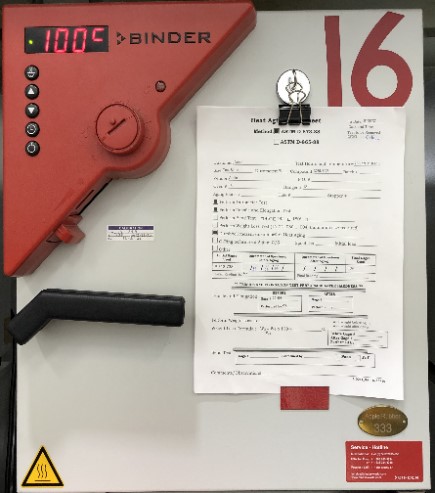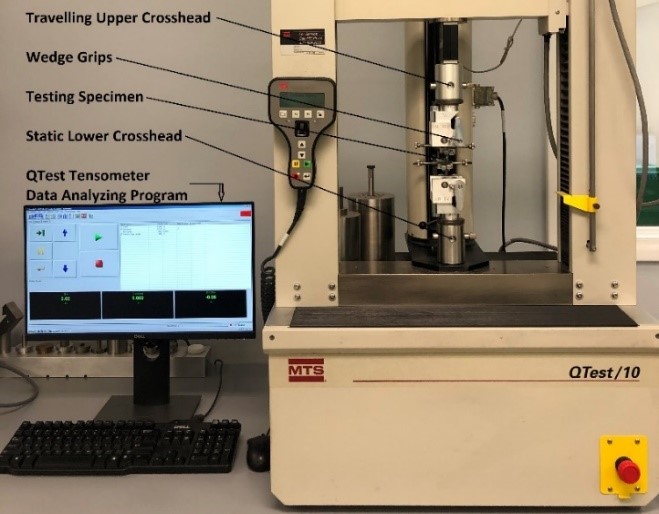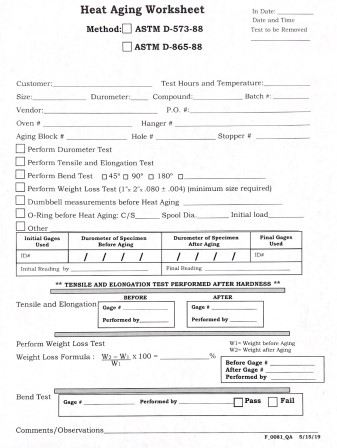Elastomer testing can be broken down into three categories:
- Raw material testing: testing the minimum requirement levels for materials or products to ensure acceptable quality levels
- Process testing: determining processing conditions and cure perimeters of mixed compounds
- Performance testing: characterizing the useful life of an elastomer part
While performance testing methods may not give exact correlation with infield service performance, the results ensure industry-quality requirements as well as help in the development of new rubber compounds. Dependent upon the application, rubber products must resist physical property deterioration over time caused by oxidative, thermal and fluid exposure, among other environmental factors.
When performance testing the effects of thermal exposure on rubber compounds, specimens of vulcanized rubber are placed in heated environments at known temperatures for specific time intervals, after which their physical properties are determined. Common properties evaluated during heat aging include using a tensometer to measure stress-strain properties such as tensile strength and ultimate elongation—the maximum tensile stress applied in stretching a specimen to rupture and the elongation at which rupture occurs in the application of continued tensile stress. Hardness—the relative resistance of the surface of a rubber sample to indentation, is also measured using a durometer.
Results of performance testing are compared with original un-aged compounds by calculating changes in physical properties over the aging interval: providing a way to assess performance characteristics of rubber, under certain accelerated conditions as required. Adjustments to polymer structure, molecular weight, compounding ingredients, fillers, cure system, time and temperature directly affect material properties and their response to environmental exposure.
Method
Before beginning any testing, at least 24 hours must elapse between completion of the vulcanization of the samples and the start of each aging interval. Unless otherwise specified, the deterioration of rubber samples using heat aging are carried out in accordance to ASTM Test Method D 573. At least three standard dumbbell-shaped specimens are first prepared as described in ASTM Test Method D 412. When preparing dumbbell samples, each specimen’s hardness is measured and recorded as well as the median of the three thickness measurements used in evaluating tensile strength and ultimate elongation of the dumbbell specimens post testing interval.
The ASTM D-412 cutting die and dumbbell measuring points can be viewed in Figure 1. At the termination of heat aged tests, the dumbbell samples are removed from the oven, cooled to room temperature on a flat surface and allowed to rest a minimum of 16 to 96 hours max before determination of physical properties post interval.
Figure 1: ASTM D 412 Cutting Die C & Dumbbell Specimen (Thickness Measuring Points 1-3)
Apparatus
Once all premeasured properties are recorded, samples are placed in the aging apparatus accordingly. Dumbbell samples that are prepped for heat aging are clamped in a testing hanger and placed in an oven that has been preheated to the test operating temperature. The hanging apparatus and oven can be observed in Figure 2 below.
Figure 2: Heat Aging Hanging Apparatus & Heating Oven
At the completion of heat aging intervals, samples are cooled to room temperature after which their hardness is measured. Next, the samples are prepared for the tensometer by clamping the dumbbell between two wedge grips. The testing machine is calibrated and once the test begins, the upper crosshead stretches the dumbbell until failure occurs. Each sample is measured simultaneously with the median value reported for both tensile strength and ultimate elongation of the sample lot. The MTS Tensometer used in post-testing can be viewed in Figures 3.
Figure 3: MTS Tensometer Testing Machine
Calculations
Hardness change after immersion in hardness units is calculated in equation 1:
Where:
ΔH = hardness change after immersion, units,
Hi = original hardness before immersion, units
Ho = hardness after immersion, units
Changes in stress-strain properties are expressed as a percentage of change for both tensile strength and ultimate elongation, which is calculated in equation 2 as follows:
Where:
P = percentage change in property
O = original value
A = value after aging
Results
When evaluating heat aging test results, reporting must include the following:
- Type of aging test
- Aging temperature and time
- Data on vulcanization of the rubber i.e. duration and temperature, if known
- Dates of original and final determinations of physical properties
- Dimensions of test specimens
- All observed and recorded data on which calculations are based
An example of a heat age testing worksheet can be viewed in Figures 4. Measurements taken must be validated and initialed by the lab technician performing each test.
Figure 4: Heat Aging Worksheet
